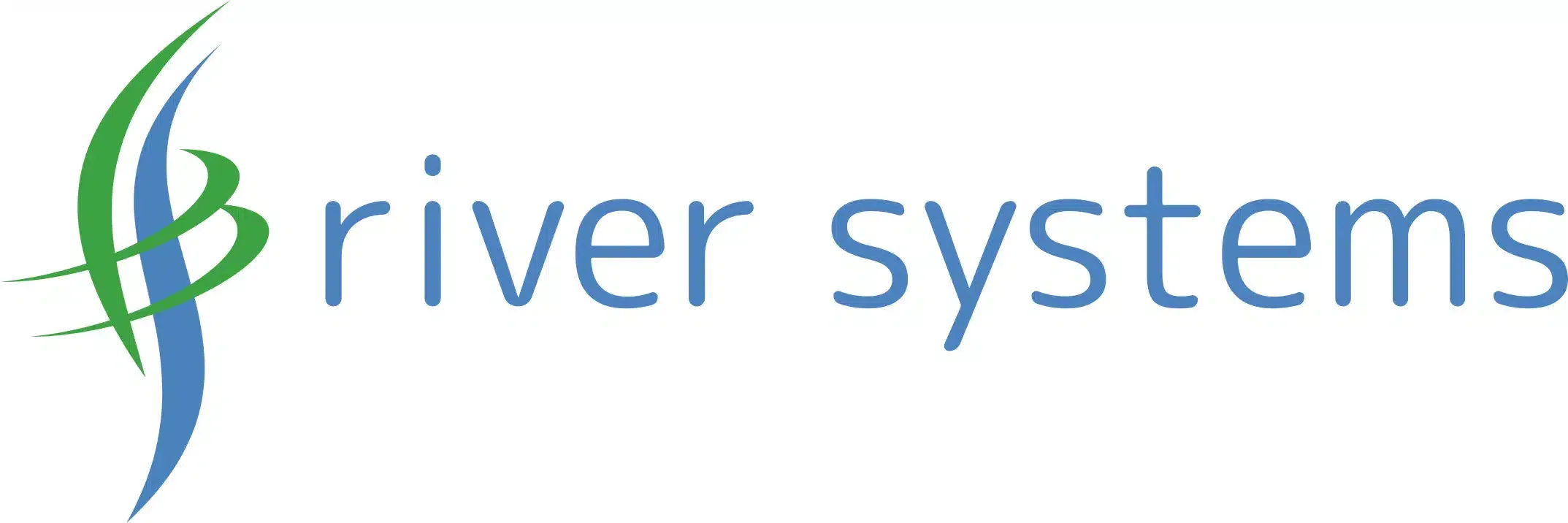The Value of Using AI to Transcribe Government Hearings
In the digital age, the integration of artificial intelligence (AI) into various sectors has revolutionized how we process and manage information. One significant application is the use of AI to transcribe government hearings. This technology not only enhances transparency and accessibility but also ensures that public records are accurate and readily available. However, the effectiveness of AI transcription heavily relies on the quality of the audio systems used during these hearings. Let’s explore the value of AI transcription and the critical role of high-quality audio systems.

Enhancing Transparency and Accessibility
Government hearings are pivotal in shaping policies and making decisions that impact the public. Transcribing these hearings ensures that the proceedings are documented accurately and are accessible to everyone. AI-powered transcription services can quickly convert spoken words into text, making it easier for citizens, journalists, and researchers to review and analyze the content. This level of transparency fosters trust in governmental processes and promotes civic engagement.
Improving Efficiency and Reducing Costs
Manual transcription is a time-consuming and labor-intensive process. By leveraging AI, government agencies can significantly reduce the time and resources required to transcribe hearings. AI transcription tools can process large volumes of audio data swiftly and with minimal human intervention, allowing government employees to focus on more critical tasks. This efficiency translates into cost savings and improved productivity.
Ensuring Accuracy and Consistency
AI transcription systems are designed to learn and improve over time. With advancements in natural language processing (NLP) and machine learning, these systems can achieve high levels of accuracy. They can recognize different accents, dialects, and speech patterns, ensuring that the transcriptions are consistent and reliable. This is particularly important in legal and governmental contexts, where precision is paramount.
The Importance of Quality Audio Systems
While AI transcription offers numerous benefits, its accuracy is highly dependent on the quality of the audio input. Poor audio quality can lead to misinterpretations, errors, and incomplete transcriptions. Here’s why investing in high-quality audio systems is crucial:
Clear and Distinct Audio Capture
High-quality microphones and audio recording equipment ensure that every word spoken during a hearing is captured clearly and distinctly. This clarity is essential for AI systems to accurately transcribe the content. Background noise, echoes, and muffled sounds can hinder the AI’s ability to process the audio correctly, leading to inaccuracies.
Reducing Background Noise
Government hearings often take place in environments with varying levels of background noise. Advanced audio systems are equipped with noise-canceling features that minimize unwanted sounds, ensuring that the primary audio source is clear. This reduction in background noise helps AI transcription tools to focus on the relevant speech, improving the overall accuracy of the transcription.
Consistent Audio Levels
Inconsistent audio levels can pose a challenge for AI transcription systems. High-quality audio systems maintain consistent volume levels, ensuring that all speakers are heard equally. This consistency is vital for accurate transcription, as it prevents the AI from missing or misinterpreting parts of the conversation.
Conclusion
The integration of AI transcription in government hearings is a significant step towards enhancing transparency, efficiency, and accuracy in public administration. However, the success of this technology is closely tied to the quality of the audio systems used. By investing in high-quality audio equipment, government agencies can ensure that their AI transcription tools operate at their full potential, providing reliable and precise transcriptions. This combination of advanced technology and superior audio quality ultimately serves the public interest, fostering a more informed and engaged society.
